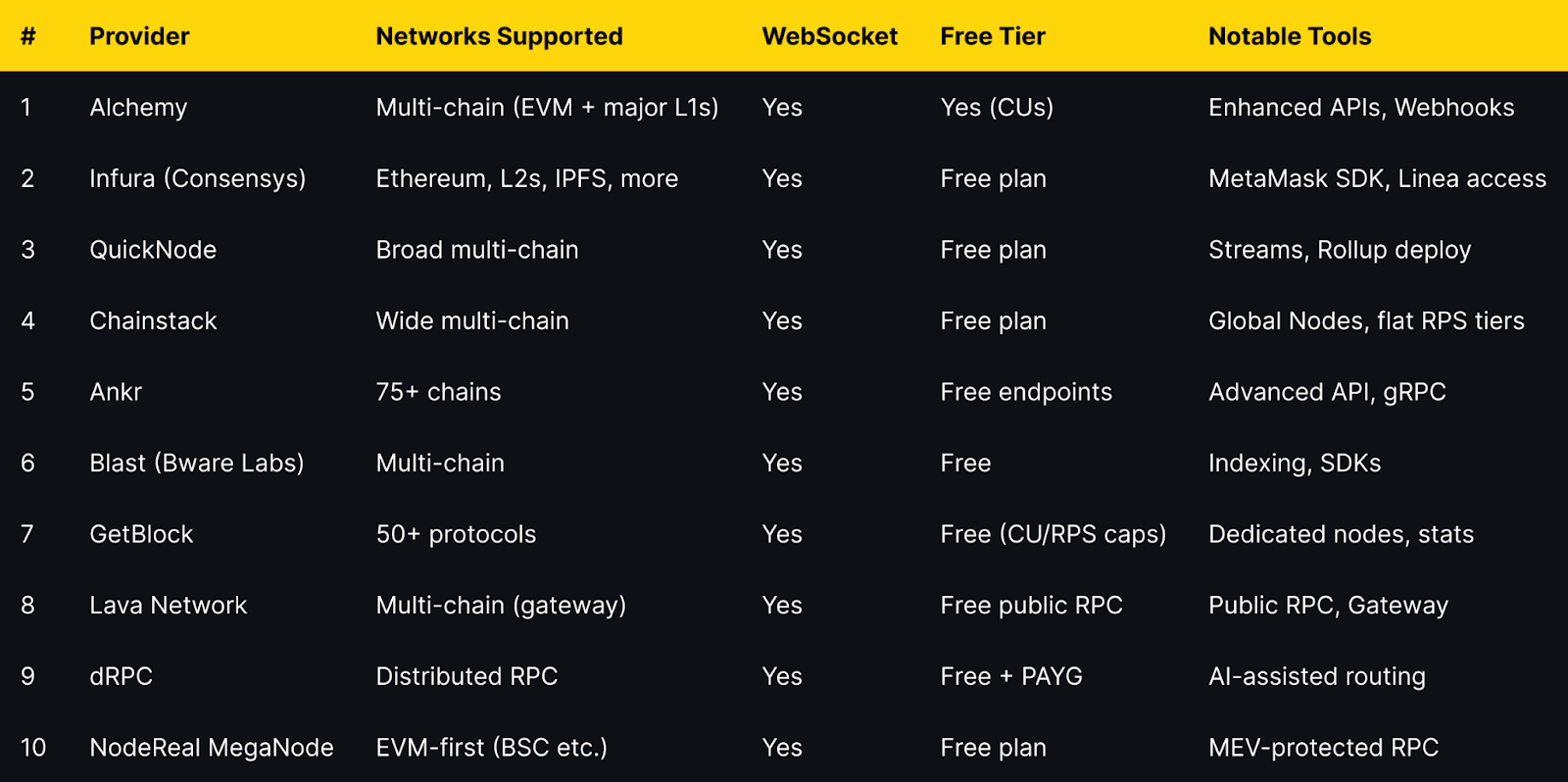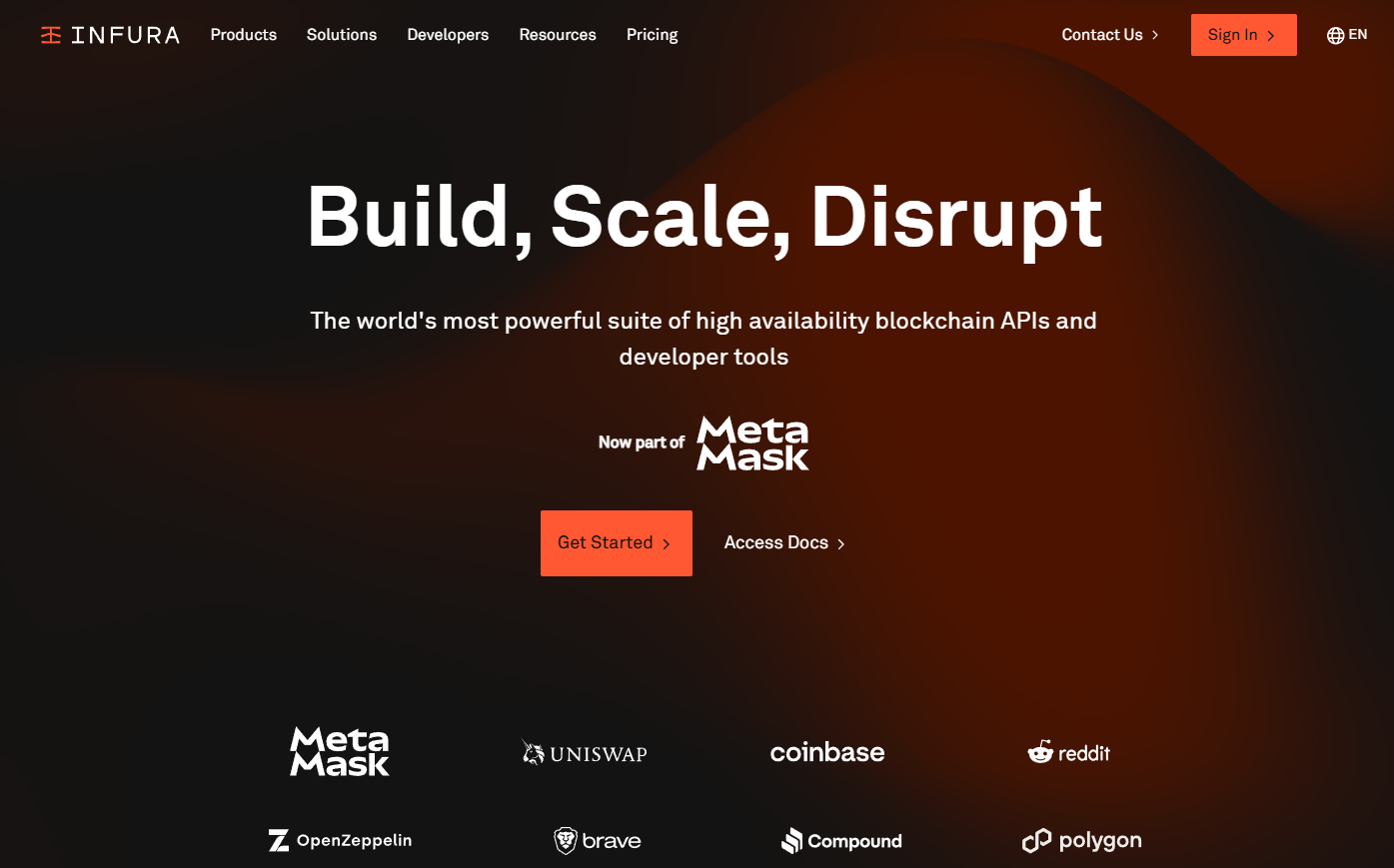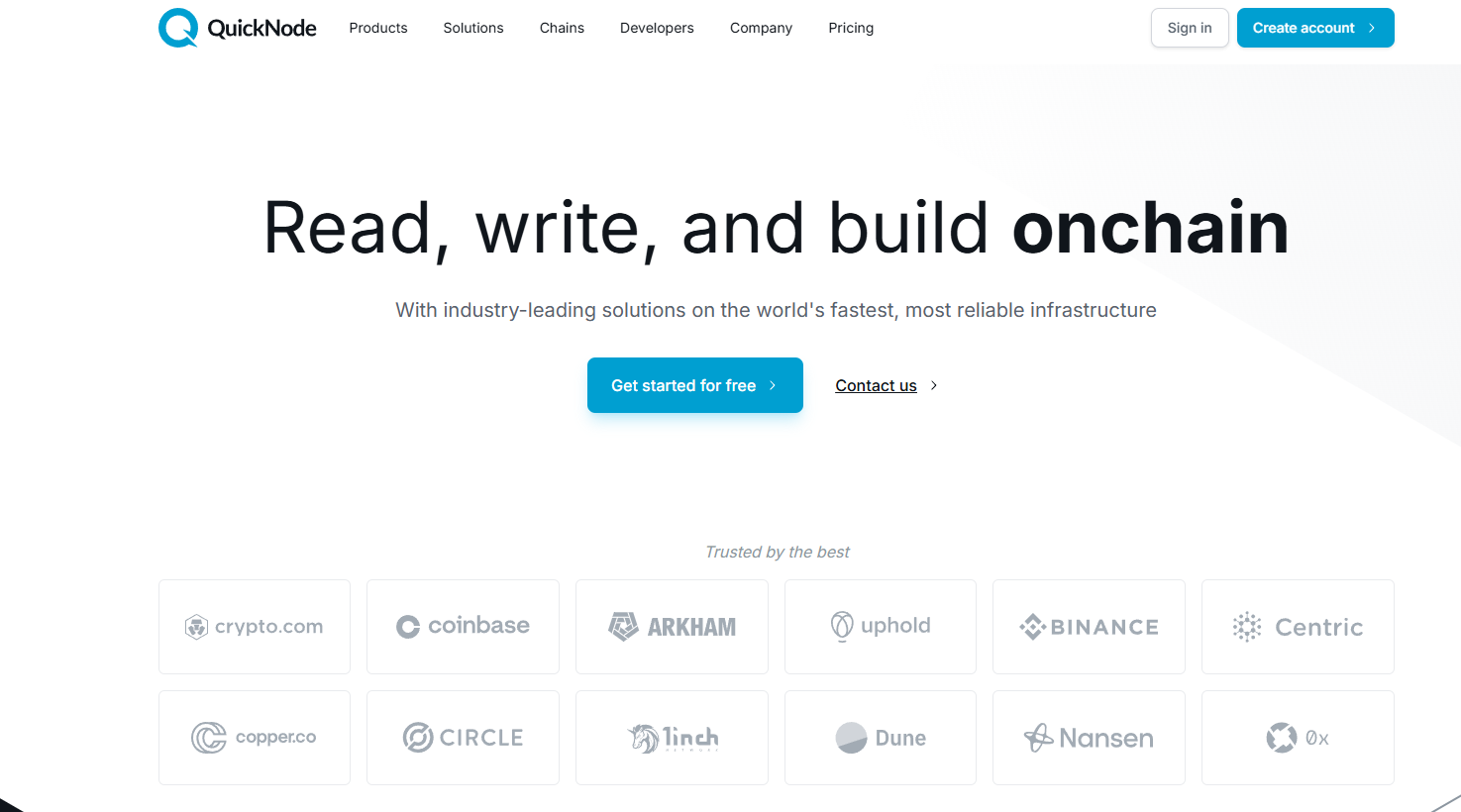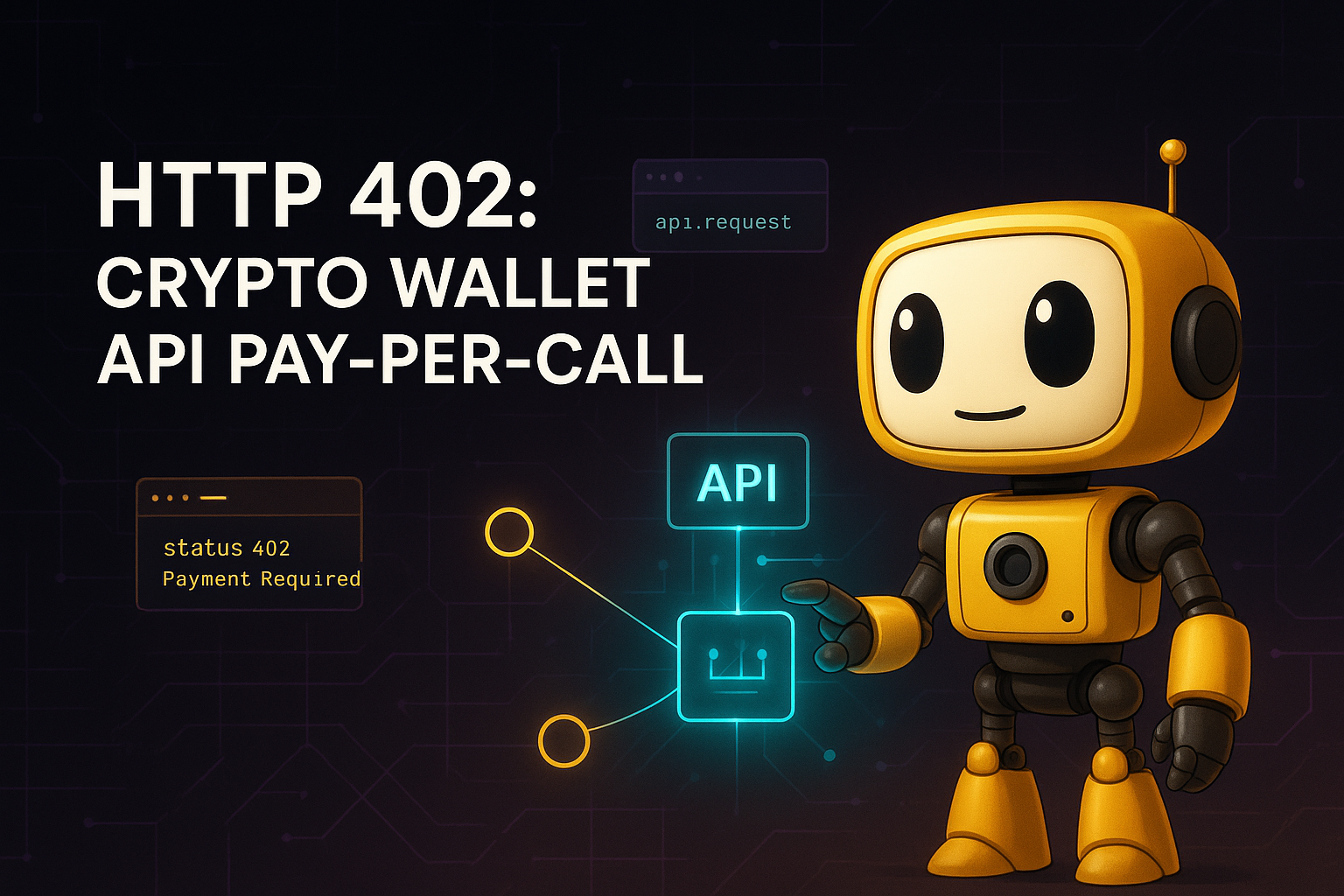
What is the Difference Between Staking, Farming, and Lending? A Complete Guide for 2025

The cryptocurrency landscape has evolved dramatically, offering investors multiple avenues to generate passive income from their digital assets. Three primary strategies have emerged as the most popular ways to earn returns: staking, yield farming, and lending. While these methods share the common goal of generating yield, they operate through fundamentally different mechanisms, each with unique risk profiles and potential rewards.
Understanding these distinctions is crucial for making informed investment decisions in 2025's rapidly evolving crypto ecosystem. Whether you're a conservative investor seeking stable returns or an aggressive trader chasing higher yields, knowing which strategy aligns with your goals can significantly impact your portfolio performance.
Understanding Crypto Staking
Staking represents one of the most straightforward methods for earning passive income in cryptocurrency. The process involves locking up cryptocurrency to support blockchain network operations, earning rewards typically in the form of additional tokens. This mechanism is closely tied to Proof-of-Stake consensus protocols, which have largely replaced energy-intensive Proof-of-Work mining.
How Staking Works
Staking requires users to lock their crypto assets to act as validators and verify blocks on blockchain networks. When you stake your tokens, you're essentially helping to secure the network and validate transactions. In return for this service, you receive a portion of transaction fees and newly minted tokens as rewards.
The staking process can be compared to a government bond in traditional finance. When you purchase a bond, you're lending the government money, which they pay back through taxation or printing currency, and similarly, when you stake, you're putting crypto into a smart contract and earning newly minted cryptocurrency along with a portion of transaction fees.
Current Staking Yields in 2025
The staking market shows significant variation across different assets and platforms, with Ethereum staking offering returns ranging from 2.02% to 3.5%, while Solana provides more attractive yields between 5.1% and 9.39% across various platforms. However, investors must account for network inflation when calculating real returns.
Major platforms supporting staking include both centralized exchanges like Coinbase and decentralized protocols like Rocketpool and Lido. Centralized platforms operate similarly to commercial banks, accepting deposits and lending them out while sharing interest with depositors.
Benefits and Risks
Benefits:
- Predictable, relatively stable returns
- Lower risk compared to other yield strategies
- Supports blockchain network security
- Lower energy consumption than mining
- Often requires minimal active management
Risks:
- Token price depreciation during lock-up periods
- Network risks and technical issues
- Potential slashing penalties for validator failures
- Liquidity constraints during unstaking periods
- Regulatory uncertainty in some jurisdictions
Yield Farming Explained
Yield farming emerged as one of the most innovative DeFi strategies, offering potentially higher returns than traditional staking. The strategy involves lending or providing liquidity to decentralized finance platforms, with earnings often higher but subject to market volatility and smart contract vulnerabilities.
The Mechanics of Yield Farming
Yield farming represents the DeFi version of rehypothecation, where assets are re-used multiple times to maximize returns. Users deposit cryptocurrency into liquidity pools on DeFi platforms like Uniswap, PancakeSwap, or Aave. These pools facilitate trading, lending, and borrowing activities within the ecosystem.
When you provide liquidity, you receive liquidity provider (LP) tokens representing your share of the pool. These LP tokens can be used to deposit or stake on another DeFi platform, allowing farmers to multiply their returns. This multi-layered approach to earning enables yield farmers to achieve returns that significantly exceed traditional staking.
Yield Farming Returns
Current yields vary by market conditions, but stablecoins like USDT or DAI often offer 10-20% APY on specific platforms, while riskier tokens or new liquidity pairs may offer higher APY with greater volatility and risk. The competition for liquidity means that pools often compete by offering increasingly attractive annual percentage yields.
Top Yield Farming Platforms in 2025
Leading platforms include Aave with approximately $40.3 billion in total value locked, offering multi-chain support across Ethereum, Polygon, Avalanche, and Arbitrum networks. PancakeSwap dominates the Binance Smart Chain ecosystem with significantly lower transaction costs and gamified farming options.
Yield Farming Risks and Rewards
Benefits:
- Higher potential returns than staking
- Portfolio diversification opportunities
- Access to new token launches
- Flexibility to move between pools
- Supports DeFi ecosystem development
Risks:
- Impermanent loss from price fluctuations
- Smart contract vulnerabilities and exploits
- "Rug pulls" from untrustworthy projects
- High transaction fees during network congestion
- Complex strategies requiring active management
- Regulatory ambiguity
Crypto Lending Demystified
Crypto lending operates similarly to traditional banking but with cryptocurrency as the underlying asset. You deposit cryptocurrencies or stablecoins into an account, and the platform lends those assets to borrowers such as retail borrowers, institutional traders, or market makers at a higher rate, with you receiving a portion of the interest as yield.
How Crypto Lending Works
To earn through lending, you provide a crypto asset that other users want to borrow by depositing it into a lending pool, receiving interest according to the annual percentage yield shown, which is subject to change as market conditions shift.
On the borrowing side, users must provide collateral to secure loans. On platforms like Sovryn, loans are overcollateralized, meaning borrowers need to provide more collateral than the value of what they're borrowing. This overcollateralization helps protect lenders from default risk.
Lending Yields and Platforms
Some platforms in 2025 offer around 5-15% APY on stablecoins with flexible access, while locking up funds for longer terms like 1-3 months might yield higher returns. The CeFi lending market has grown substantially, with active loan volumes exceeding $22 billion by Q1 2025.
The Lending Risk Landscape in 2025
Lending carries significantly higher risks in 2025, with counterparty risk being the primary concern as borrowers may default on loans, and platform insolvency represents the defining risk as demonstrated by catastrophic failures of major platforms in 2022-2023.
The collapse of several major lending platforms fundamentally altered the risk-reward calculation for crypto lending. Unlike traditional banking, cryptocurrency deposits lack FDIC insurance protection, leaving investors vulnerable to platform failures.
Benefits:
- Available for most cryptocurrencies including Bitcoin
- Relatively passive investment strategy
- Competitive interest rates
- Flexible terms on many platforms
- Maintains upside exposure to asset appreciation
Risks:
- Platform insolvency and failure
- Counterparty default risk
- Regulatory enforcement actions
- Lack of deposit insurance
- Potential fund access restrictions
- Margin call and liquidation risks
Key Differences: Staking vs Farming vs Lending
Understanding how these three strategies differ is essential for choosing the right approach for your investment goals.
Risk Comparison
Staking is often considered the lowest-risk option involving locking assets in a blockchain network with risk primarily from cryptocurrency value fluctuations, while yield farming carries higher risk with potential for impermanent loss and smart contract vulnerabilities, and liquidity mining faces similar risks including price fluctuations and protocol vulnerabilities.
For most investors in 2025, staking provides superior risk-adjusted returns compared to lending, as devastating platform failures of 2022-2023 fundamentally shifted the risk-reward calculation, with staking protocols continuing to operate through market turmoil while lending platforms collapsed with billions in customer funds.
Time Commitment and Complexity
Staking is a long-term investment requiring users to lock cryptocurrency for a specific period, while yield farming and liquidity mining can be short-term investments since users can provide liquidity or lend for shorter durations.
Staking usually offers more predictable and stable returns and often requires less frequent management compared to yield farming. Yield farming demands active monitoring of multiple pools, gas fees, and market conditions to maximize returns.
Return Potential
Staking offers lower returns as it primarily involves securing the network, yield farming offers higher returns by moving cryptocurrencies between liquidity pools for the best ROI, and liquidity mining offers the highest returns by providing liquidity to specific cryptocurrencies to boost their liquidity.
However, higher potential returns come with proportionally higher risks. The most profitable strategies often involve the newest and most volatile tokens, which carry substantial downside risk.
Liquidity Considerations
In staking, user tokens are not being used for liquidity provision with no impact on market liquidity, while in yield farming and liquidity mining, user tokens provide liquidity to decentralized exchanges which can impact market liquidity.
Staking typically involves lock-up periods ranging from days to months, during which assets cannot be withdrawn without penalties. Yield farming offers more flexibility, allowing users to remove liquidity at any time, though this may result in impermanent loss.
Leveraging Token Metrics for Optimal Crypto Strategy
Navigating the complex landscape of staking, farming, and lending requires sophisticated tools and data-driven insights. This is where Token Metrics, a leading AI-powered crypto analytics platform, becomes invaluable for both novice and experienced investors.
Token Metrics: Your AI-Powered Investment Companion
Token Metrics provides personalized crypto research and predictions powered by AI, helping users spot winning tokens early with powerful AI analytics and offering real-time AI buy and sell signals. The platform has evolved from a pure analytics solution into a comprehensive end-to-end crypto investment ecosystem.
Token Metrics assigns each token a Trader Grade for short-term potential and an Investor Grade for long-term viability, allowing users to prioritize opportunities efficiently. This dual-rating system helps investors distinguish between assets suitable for quick trading gains versus those appropriate for long-term staking strategies.
Advanced Features for Yield Optimization
Token Metrics stands out with its proven AI-driven analytics, moonshot altcoin discovery, real-time signals and alerts, tools for long-term investing and short-term trading, and the infrastructure to build custom AI crypto bots and agents.
The platform's Moonshots feature uses artificial intelligence to highlight tokens with 10x to 100x potential before they reach major exchanges, giving users an early-mover advantage in identifying promising farming opportunities.
For passive investors, AI-managed indices dynamically rebalance portfolios based on market conditions, offering diversified exposure to both established assets and emerging "moonshot" tokens identified through predictive analytics.
Integrated Trading and Analytics
Token Metrics has historically focused on providing AI-driven analytics and proprietary ratings, but the launch of Trading on Token Metrics transforms the platform into an end-to-end solution, enabling traders to review ratings and token details pages and swiftly act on market signals without leaving the ecosystem.
This seamless integration between research and execution allows users to analyze staking yields, compare farming opportunities, and evaluate lending platforms all within a single interface. The platform's multi-chain support ensures you can access opportunities across various blockchain networks efficiently.
Real-Time Intelligence and Risk Management
Token Metrics incorporates risk management tools like stop-loss orders, position sizing, and continuous performance monitoring to mitigate volatility risks, while using natural language processing to interpret social media trends and sentiment to help traders anticipate market movements.
By monitoring hundreds of tokens across exchanges, Token Metrics enables users to respond to market shifts in seconds—critical in a space where timing determines profitability. Customizable alerts via email, SMS, or messaging apps ensure you never miss important opportunities or risk signals.
Choosing Your Strategy: A Decision Framework
Selecting between staking, farming, and lending depends on several personal factors:
Choose Staking If:
- You prefer predictable, stable returns
- You're holding assets long-term anyway
- You want to support specific blockchain networks
- You have lower risk tolerance
- You prefer minimal active management
Choose Yield Farming If:
- You can actively monitor positions
- You're comfortable with higher risk
- You want maximum return potential
- You understand DeFi protocols
- You have time for research and optimization
Choose Lending If:
- You hold non-stakeable assets like Bitcoin
- You want flexible withdrawal options
- You're willing to accept platform risk
- You prefer a hands-off approach
- You carefully vet platform security
Choosing between these strategies ultimately depends on individual preferences and circumstances, with factors such as available capital, investment horizon, and familiarity with the crypto market influencing the decision.
Best Practices for Crypto Yield Generation
Regardless of which strategy you choose, following these best practices will help optimize returns while managing risk:
- Diversify Across Strategies: Don't put all assets into one earning method. Combine staking stable protocols with selective farming opportunities.
- Research Thoroughly: Use platforms like Token Metrics to analyze projects before committing funds. Verify smart contract audits and team credentials.
- Start Small: Test platforms with small amounts before deploying significant capital, especially with newer DeFi protocols.
- Monitor Regularly: Even "passive" strategies require periodic review. Market conditions, yields, and risks change rapidly.
- Consider Tax Implications: Earnings from staking, farming, and lending may have different tax treatments in your jurisdiction.
- Use Secure Wallets: Hardware wallets provide the best security for assets not actively earning yield.
- Calculate Real Returns: Account for network inflation, fees, and potential impermanent loss when evaluating yields.
- Stay Informed: The crypto landscape evolves quickly. Follow reliable news sources and analytics platforms to stay current.
The Future of Crypto Yield Strategies
The cryptocurrency ecosystem continues to mature, with institutional adoption increasing and regulatory frameworks developing. Token Metrics leverages machine learning and data-driven models to deliver powerful, actionable insights across the digital asset ecosystem, positioning investors to capitalize on emerging opportunities.
As blockchain technology advances, we can expect more sophisticated yield optimization strategies, improved security measures, and greater integration between different earning mechanisms. Platforms that combine robust analytics with user-friendly interfaces will be essential for navigating this evolving landscape.
The distinction between staking, farming, and lending will likely blur as protocols develop hybrid models offering the benefits of multiple approaches. Cross-chain compatibility will expand, allowing seamless movement of assets between different blockchain networks to capture the best yields.
Conclusion
Staking, yield farming, and lending each offer unique pathways to generating passive income from cryptocurrency holdings. Staking provides the most conservative approach with predictable returns and lower risk. Yield farming offers higher potential rewards for those willing to actively manage positions and accept greater volatility. Lending sits in the middle, offering competitive returns with flexibility but carrying significant platform risk.
Success in crypto yield generation requires matching your strategy to your risk tolerance, time commitment, and investment goals. Whether you're a cautious long-term holder or an aggressive yield optimizer, understanding these fundamental differences empowers you to make informed decisions.
By leveraging sophisticated analytics platforms like Token Metrics, investors can navigate this complex landscape with confidence, identifying the best opportunities while managing risk effectively. The combination of AI-driven insights, real-time monitoring, and integrated trading tools provides a significant advantage in today's fast-moving crypto markets.
As you embark on your yield generation journey, remember that the crypto market rewards preparation, discipline, and continuous learning. Start with solid fundamentals, diversify your approach, and use the best tools available to maximize your returns while protecting your capital in 2025 and beyond.

.svg)

Create Your Free Token Metrics Account

.png)




%201.svg)
%201.svg)


%201.svg)





























.svg)




.png)